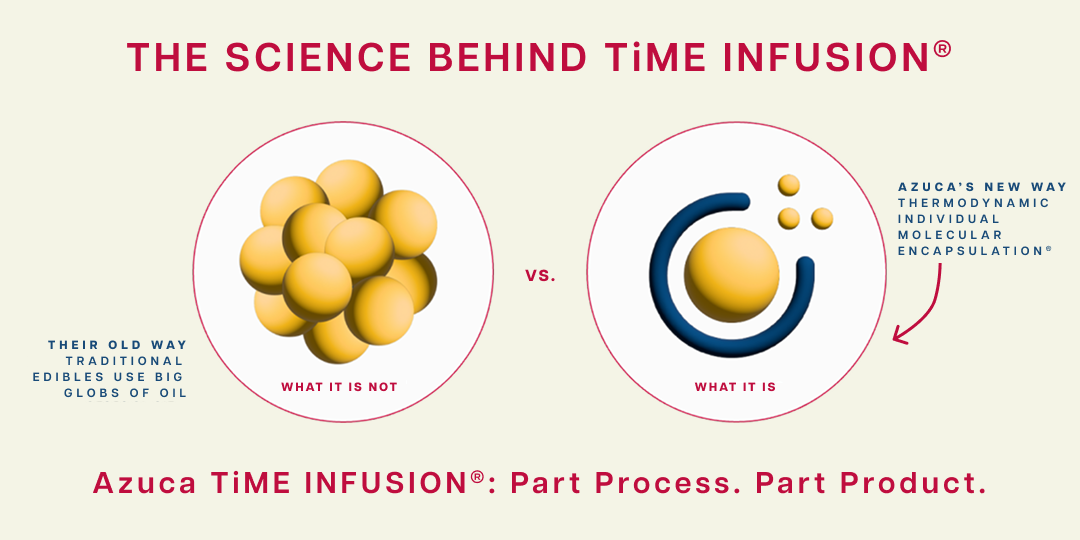Inside Charlotte’s Web™: Our Hemp Production Process, Explained

Charlotte’s Web™ is firmly planted in discovery, hope, and ingenuity. We don’t do imitations of real innovation—we set the trend and redefine what’s possible in wellness.
During production, we don’t just grow hemp—we cultivate quality. Across the board, from seed to shelf. Every step reflects our commitment to ground-breaking practices, consistency, and transparency:
-
Seed Selection: Choosing the finest, most resilient hemp seeds.
-
Soil Testing: Ensuring nutrient-rich, contaminant-free soil.
-
Cultivation: Nurturing plants with care and precision.
-
Harvesting: Handling at peak potency for optimal results.
-
Extraction: Using cutting-edge methods to preserve purity.
-
Crafting: Setting the gold standard for wellness every step of the way.
Tending to quality ingredients at the source isn’t trendy, it’s rooted in the precision of science and the power of nature.
Join us behind the scenes as we redefine what hemp can do.
Winter: Laying the Groundwork
Winter is quiet. Unless you’re us. This season is all about preparation, when we meticulously assess and refine our operation before a single seed touches the soil.
What happens in winter?
-
Soil Health Checks: We test for nutrients and contaminants like pesticides and heavy metals.
-
Irrigation Safety: We send in a water sample just like we do for the soil and do a heavy metal and microbial test.
-
Farm Inspections: Our new farms undergo rigorous audits, while current fields receive regular reviews.
Our methods are organic, and our fields are safeguarded—ensuring no synthetic pesticides from us or neighboring farms within a 50-meter buffer zone. You’re getting the good stuff, straight from the earth.
Spring Planting: When Hemp Takes Root
In springtime, our proprietary hemp genetics come to life, transitioning from greenhouses to open fields. And also, direct seeding our genetics into the soil.
The art of planting hemp
Workers carefully hand-select seedlings, placing each one into planting wheels with the utmost precision. These wheels orchestrate the entire planting process: technology in harmony with nature. The farms (Wray and Yuma AZ) use precision planters to direct seed.
Wellness isn't one-size-fits-all, and neither is our approach. From field geography to equipment to hemp variety, everything is uniquely tailored for thriving plants.
A strong start sets the stage for lush growth ahead.
Summer: Hemp in Full Bloom
You know that beautiful first day of summer, when you’re basking in warm light, full of energy, and ready for anything?
That’s what we imagine our hemp feels like.
We don’t cut corners in the growth stage, it isn’t a "set-it-and-forget-it" season. Our hands stay busy, monitoring, physically weeding, and adding nutrients—ensuring every plant reaches its fullest potential. It’s a truly beautiful sight.
Nurturing hemp through the heat
- Weed and Pest Management: Synthetic chemicals aren’t the way. We go all-in on physical weeding—and inspect every field.
-
Nutrient Supplements: Fertilizers added before planting maximize nourishment, feeding our hemp what it needs to thrive. Plants are given nutrients during the growing season when needed.
It’s hard work, and it shows. By the time our plants are ready for harvest, TLC, Mother Nature, and science-backed strategies have done their thing.
Fall: Harvesting the Gold
Some companies in the wellness space coast through their process, but we believe in true artistry: why not paint with a little color? Fall is all about timing, precision, and staying adaptable—if you care about quality, that is.
Our harvesting process
-
Hands-On Care: Some farms take a meticulous approach, harvesting plants one by one at their peak potential.
-
Mechanical Harvesting: Others rely on specialized equipment to gather mature plants at just the right moment.
The end goal is always the same—pure, potent, high-quality hemp. And we’re always looking for ways to improve.
From harvest to extraction: unlocking hemp’s full potential
Once harvested, the hemp begins its transformation into the wellness solutions you thrive on. Through cutting-edge extraction methods like CO2 extraction, we capture the raw power of full-spectrum hemp.
Quality Control Every Step of the Way
Testing is a fundamental part of our process. Each batch is checked for potency and purity.
What ends up in your hands is a symbol of our dedication, innovation, and belief that the best can always be better.
Process Matters Because You Matter
The Charlotte’s Web™ hemp production process is plant-powered progress—rooted in quality and driven by a mission: to redefine what wellness can be.
We don’t do normal. Normal just doesn’t cover it. We make abnormally good CBD & Botanicals with exceptional results. From our Sleep Gummies to our Original Formula CBD Oil, we’ve got one goal:
Normalize hemp at its best.

